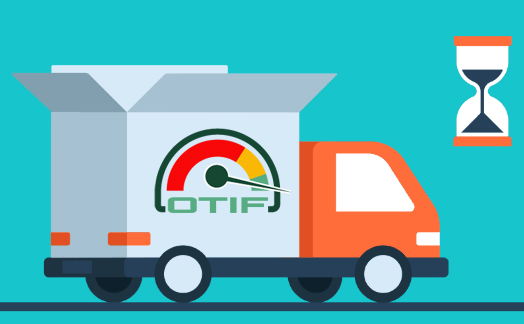Sustainability Tendencies in the Consumer Packaged Goods Market
Recent research shows that sustainability in the presentation business has become increasin gly important. For Consumer Packaged Goods (CPG) businesses weathering the worldwide financial recession, sustainable company practices may make them win points available on the market and be a boon economically. The proven fact that companies should fret using their environmental affect, and also positively get measures to cut back their carbon footprint is a somewhat new development. For generations, from the industrial revolution until the increase of the environmental movement in the 1970s, firms existed only to show a profit for his or her shareholders. This attitude changed over time to the point wherever several organization leaders thought uneasy expressing otherwise.
gly important. For Consumer Packaged Goods (CPG) businesses weathering the worldwide financial recession, sustainable company practices may make them win points available on the market and be a boon economically. The proven fact that companies should fret using their environmental affect, and also positively get measures to cut back their carbon footprint is a somewhat new development. For generations, from the industrial revolution until the increase of the environmental movement in the 1970s, firms existed only to show a profit for his or her shareholders. This attitude changed over time to the point wherever several organization leaders thought uneasy expressing otherwise.
There’s a broader way to measure the accomplishment of a company. A business mustn’t only produce a profit and create wealth, but also be mindful of people’s lives and the environment. There are several issues they’ll ask themselves: what’re the cultural charges and benefits of presentation? Just how can we make better benefits to people’s wellness? How can we lower the environmental burdens produced by inefficient creation?
Personal businesses are starting to note that sustainability isn’t just good for community relations, it can also be ideal for turning a profit.
In a slow economy, when CPGs can’t raise their prices or grow sales rapidly, they will search to recoup charge savings in different ways. Sustainable techniques can help achieve or preserve your main point here in a frustrated economy. The key stresses of sustainability in CPG business and manufacturing operations in the short-term will be to minimize power costs. And the fact is that if businesses may reduce their energy expenses by 1 to 2 percent each year they are able to improve profitability.
They will also look to cut back waste: CPG companies will be going for a shut look at every manufacturing method to remove wasted resources and unwanted effort. Walmart, for example, is a leader in lowering appearance spend and has collection a general goal to reduce the sum total how OTIF calculations works packaging in its offer sequence by 5 percent by 2014.
Businesses report many explanations why they use contract packagers to support their production efforts. They might want to test industry an item without doing business resources to it. They may have competing goals for their income, and select perhaps not to buy necessary equipment. If they absence the geographical impact necessary for a certain product’s circulation, obtaining the added assistance is just a beneficial option.
Some companies may have a lucrative opportunity to package a specific solution, but lack the mandatory experience needed to successfully total the project. They could not need the proper environmental or food standard certifications, or maybe they might have periodic demand for their products, although not have to have a full-time, year-round manufacturing facilities. The list continues and on.
When buying presentation spouse, businesses are seeking organizations that may provide expert, cost-efficient, realistic alternatives that may begin, manage, improve or boost their key appearance operations.
Generally, outsourcing assists with source cycle management and keeps consumer packaged goods organizations lean. The necessity to remain slim or become lean has been amplified throughout the last several years throughout the financial downturn, as manufacturers were strike hard. To struggle a hard economic landscape and retain income it is crucial for manufacturers to get balance. They must keep product quality and focus on maintenance their clients through timeliness and flexibility. This includes important factors such as for instance speed to market, timeliness of delivery, and the ability for small change times.
CPG businesses could make added attempts to re-design their packaging to become more sustainable, while also saving cash and improving the consumer experience. As an example, Nestle Seas North America has recently reported its next-generation package design, which, of them costing only 9.3 grams, weighs 25 percent significantly less than their predecessor bottle. The newest design can help exceed the company’s targets for lowering the quantity of plastic in their single-serve 0.5L containers by an additional 15 % by the end of 2010. Nestle’s new water package also contains a lightweight hat, which weighs just 1 gram.
Initiatives such as this are getting significantly predominant as organizations answer consumer demands, climate the international downturn, and significantly behave as stewards of individuals and methods they have been given.
